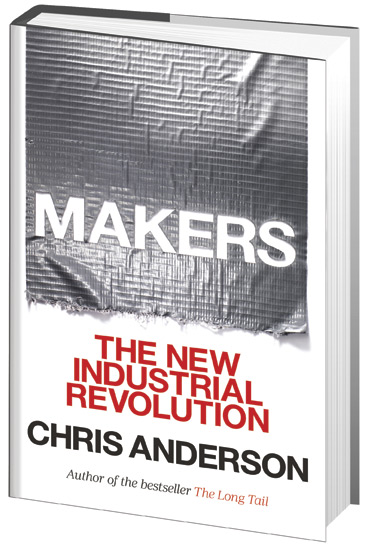Sunday surprise: of night and knowledge
Sunday, March 29th, 2015[ by Charles Cameron — a tale of two Londons — on night walkabout and by cab — don’t miss the foxes! ]
.
**
Let’s start with intellectual dexterity:
To achieve the required standard to be licensed as an “All London” taxi driver you will need a thorough knowledge, primarily, of the area within a six-mile radius of Charing Cross. You will need to know: all the streets; housing estates; parks and open spaces; government offices and departments; financial and commercial centres; diplomatic premises; town halls; registry offices; hospitals; places of worship; sports stadiums and leisure centres; airline offices; stations; hotels; clubs; theatres; cinemas; museums; art galleries; schools; colleges and universities; police stations and headquarters buildings; civil, criminal and coroner’s courts; prisons; and places of interest to tourists. In fact, anywhere a taxi passenger might ask to be taken.
before taking the dark turn, yes, sinister:
In the dead of night, in spite of the electric lights, London seems an alien city, especially if you are walking through it alone.
In the more sequestered streets – once the pubs are closed, and at a distance from the 24-hour convenience stores – the sodium gleam of the street lamps, or the flickering striplight from a sleepy minicab stand, offers little consolation. There are alleys and street corners and shop entrances where the darkness appears to collect in a solid mass. There are secluded squares where, to take a haunting line from a poem by Shelley, night makes “a weird sound of its own stillness”. There are buildings, monuments and statues that, at a distance, and in the absence of people, pulsate mysteriously in the sepulchral light. There are foxes that slope and trot across the road as you interrupt their attempts to pillage scraps from upended bins.
And, from time to time, there are the faintly sinister silhouettes of other solitary individuals – as threatened by your presence, no doubt, as you are by theirs.
**
Sources:
Hansom Cab The Knowledge Nightwalking





